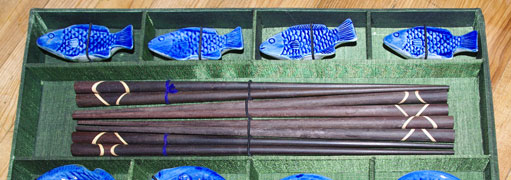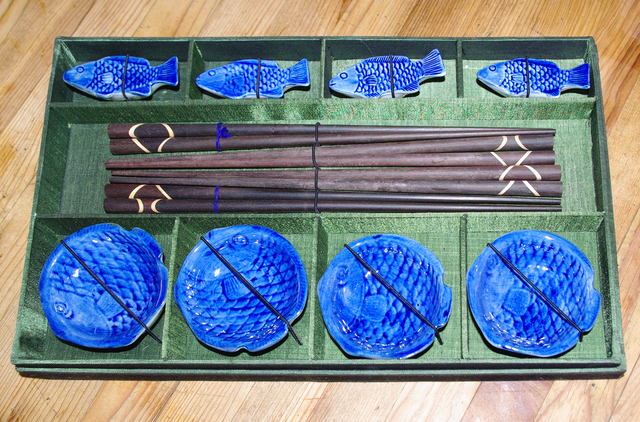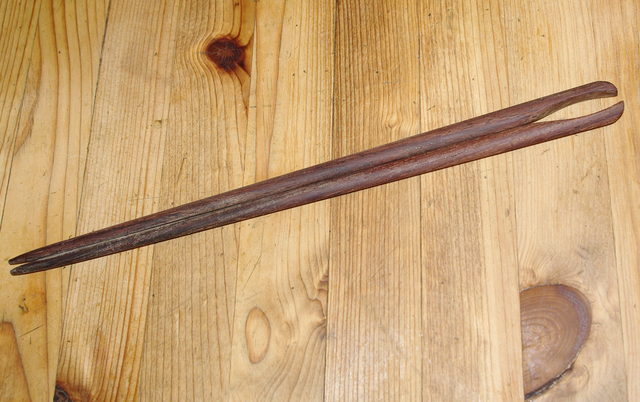I learned to eat with chopsticks before I was 5. My mom took two pairs of adult-sized chopsticks and whittled them down to kid-size. She painted one set blue for my younger brother, and one set pink for me. These were special and much better balanced for our small hands.Our family had plenty of standard tableware, but chopsticks were also used daily. We had dozens and used them interchangeably depending on our meal. Dad ate dinner with them every evening, especially with rice or his ochazuke (rice mixed with tea and pickles). He would hold the rice bowl to his mouth and slurp the soup, scooping it in with chopsticks. Us kids would often opt for standard hardware, especially as we grew older and more persnickety in our habits.In our household, chopsticks were used for more than eating. My mom never owned a set of tongs or a whisk. She used chopsticks to flip bacon, lift food from the deep fryer, stir eggs and spear whatever she couldn’t grab. And she was no slouch around the house.It was the kids’ responsibility to clean the goldfish bowl while the fish sat out the process in a shallow container at the edge of the sink. During one mishap, the fish escaped and slithered into the sink, flopping in the crosshairs of the drain. We ran shrieking to Mom, who grabbed up a pair of chopsticks and gingerly caught the goldfish behind the gills. She gently plunked it into the bowl, where it recovered. Now that I think back, the most amazing feat was that she grabbed the chopsticks, without hesitation, to do the job.On one occasion, I gave a junior-high friend a set of rice bowls and a pair of chopsticks as a gift for a sleepover. Later, she reported that she had mastered eating ice cream, Jell-O and cookies. I was amazed at her ingenuity.Japanese chopsticks are made from wood, bamboo or plastic. They’re usually tapered to a rounded point, different from others, such as Chinese and Korean, which are flat at the eating end. I expect there are advantages to each, but I’ve always preferred the pointed ones. They make it easier to cut large portions of tender food, or to spear bits that elude being picked up. I recently learned that it’s considered bad manners to poke your food—but I don’t see the harm if it gets the food off your plate.While billions of Asians use chopsticks every day of their lives, here in the West, we encounter them most often in restaurants. If you consider yourself to be chopstick challenged, japan-guide.com shows a simple demo and some rules of etiquette.While I’ve acquired a few pairs of cooking chopsticks (long bamboo versions), I still flip my bacon, stir eggs and use my table chopsticks in the kitchen. I guess old habits die hard.
Send your restaurant tips, food events and other delicious tidbits to food@alibi.com












